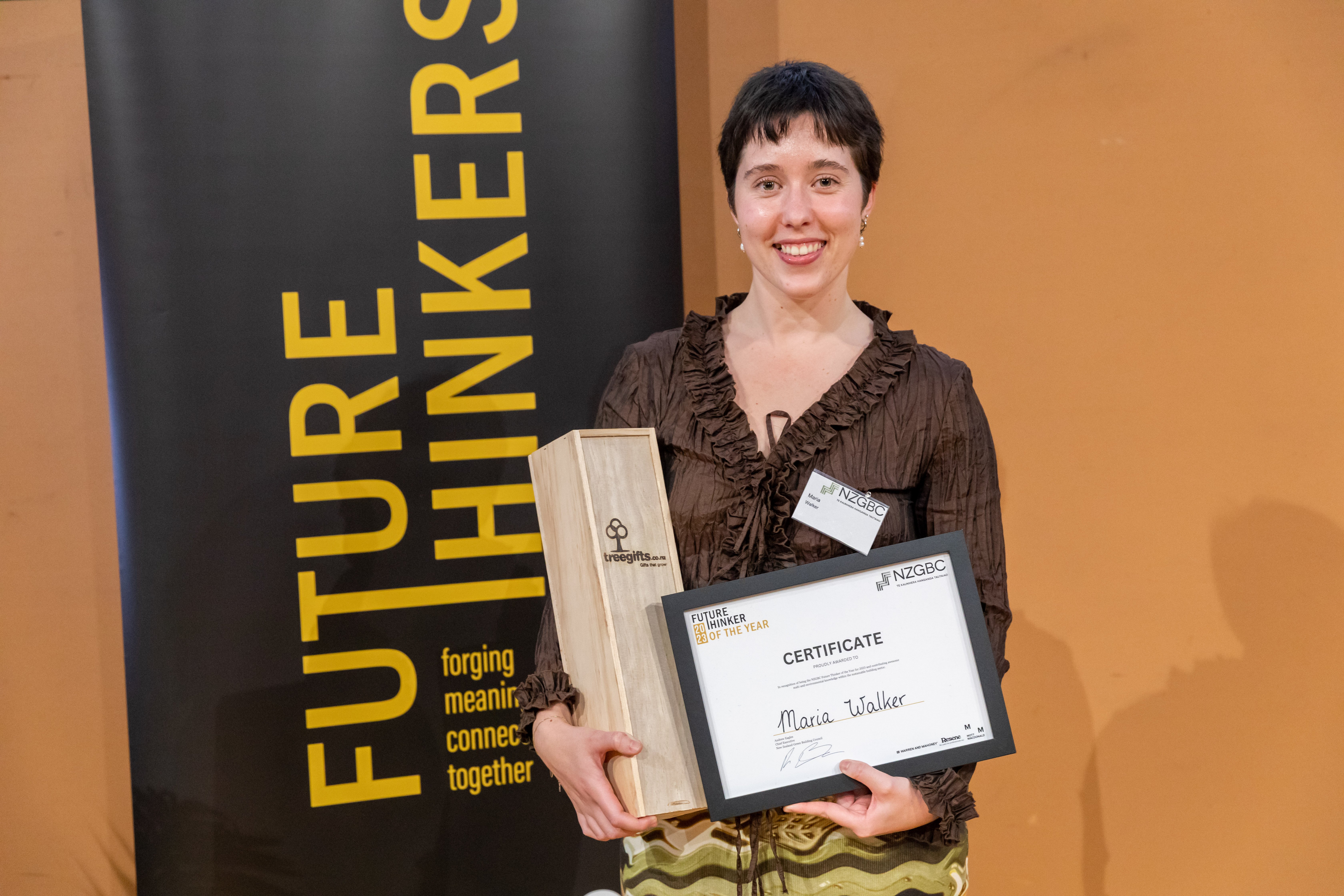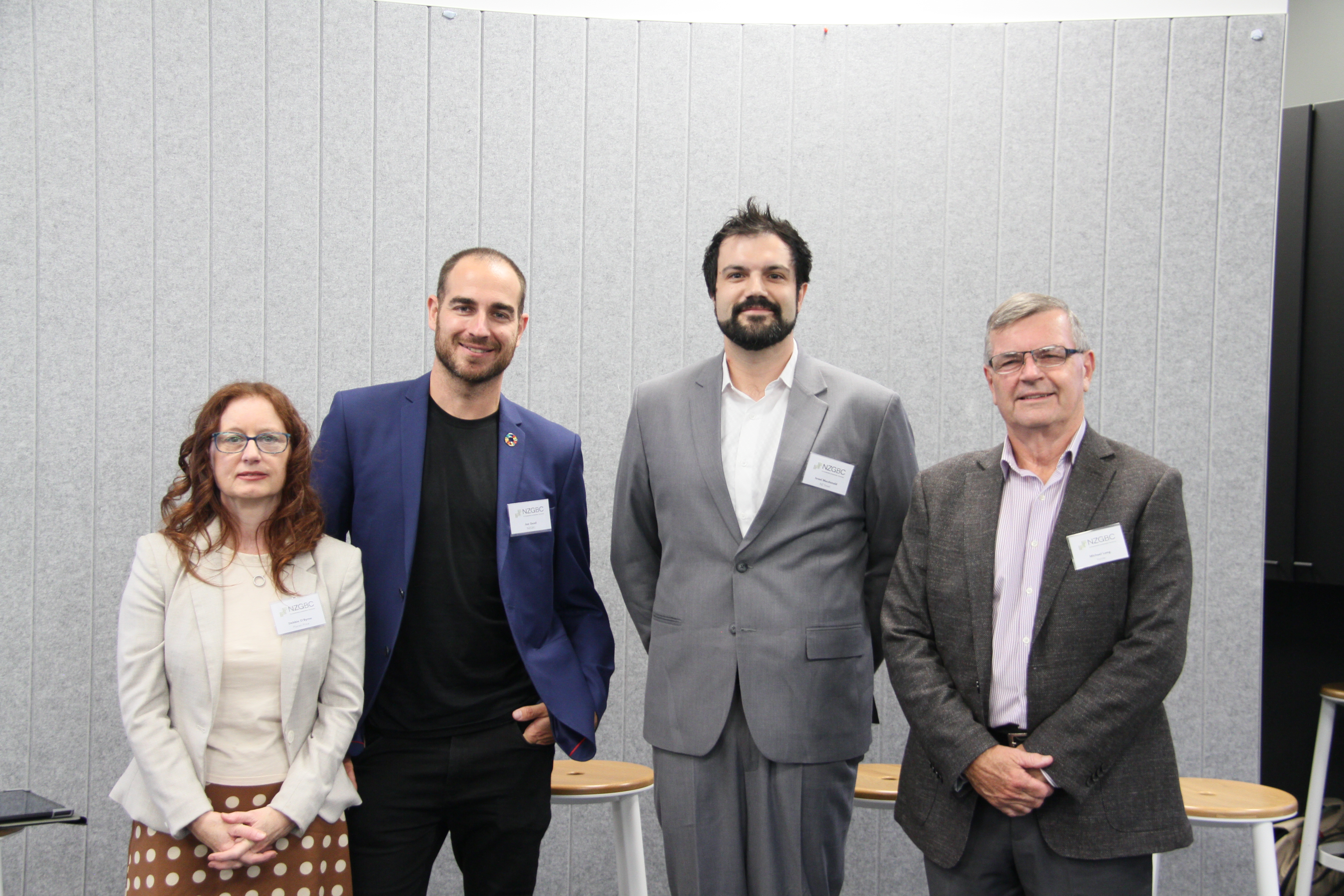Green Star Technical Clarification Rulings
Technical Clarifications for Green Star represent our answers to Technical Questions submitted by projects, and provide further guidance and reference to others. The list is regularly updated.
There are two types of Technical Clarifications listed in the table below:
General Clarifications
These are extensions to the guidance provided in the Submission Guidelines. They clarify and sometimes supersede the original Credit Criteria or
Compliance Requirements. General Clarifications set precedent for future project teams to follow. Should a project team wish to apply a general clarification to its project, there is no requirement for further Technical Questions to be submitted. NZGBC Assessors will also use them as precedents to assess submissions.
Project Specific Clarifications
These are published as references for other projects but, unlike General Clarifications, they do not set precedent. They often relate to special
situations where multiple prerequisites exist for a particular project and are less likely to reoccur to another project. Therefore, rulings set for Project Specific Clarifications are often conditional and will likely vary for other projects. Each project still needs to submit its own Technical Questions and provides evidence relating to its own building in order to have a similar ruling approved for that specific building.
Should you wish to apply any Technical Clarification for legacy rating tools to your projects, please submit a Technical Question to the NZGBC to
explain why and how it applies. You can download the Technical Question form here
| Technical Question Title | Clarification Type | Tool Version | Month Released | Credit Name | Sub-credit Name | Amendment/Approved Ruling |
|---|---|---|---|---|---|---|
| Cooling Properties of Artifical vs Natural Water Bodies | General | DABv1 | October 2019 | 23 - Ecological Value | Ecological Value |
Cooling properties of artificial water bodies are considered comparable to those of natural water bodies, both having beneficial urban cooling properties contributing to the outcomes of this credit. |
| Definition of "Minor Local Contamination" | General | DABv1 | August 2021 | 24 - Sustainable Sites | Contamination and Hazardous Materials |
For the sake of clarity, "minor local contamination" should be interpreted as contamination that would not trigger soil remediation under the National Environmental Standard for Assessing and Managing Contaminants in Soil. |
| Drop-off Lanes/Spaces | General | DABv1 | May 2021 | 17 - Sustainable Transport | Sustainable Transport | |
| Walking School Buses | General | DABv1 | May 2021 | 17 - Sustainable Transport | Sustainable Transport | |
| Reduction of Carparks | General | DABv1 | March 2021 | 17 - Sustainable Transport | Reduced Car Parking Provision | |
| Model Daylight for Floorplates | General | DABv1 | April 2022 | 12 - Visual Comfort | Daylight | |
| LCA Credit Targeting - use Reference Building Guidance in section 8.2 | General | DABv1.1 | July 2023 | 19 - Life Cycle Assessment/Impacts | Comparative Life Cycle Assessment | |
| Highest Level of Filtration in FCU is G2 | General | DABv1, DABv1.1 | December 2022 | 9 - Indoor Air Quality | Ventilation System Attributes | |
| Revision of Credit 25 | General | DABv1 | July 2020 | 25 - Stormwater | Stormwater | |
| Office Spaces in Lighting Comfort | General | DABv1 | October 2019 | 11 - Lighting Comfort | General Illuminance and Glare Reduction |
The guidance reference for 'Office Spaces' in the Lighting Comfort - General Illuminance and Glare Reduction credit criterion is updated to Table E1 of AS/NZS 1680.2.2:2008 'Interior and workplace lighting Part 2.2: Specific applications - Office and screen-based tasks'. |

